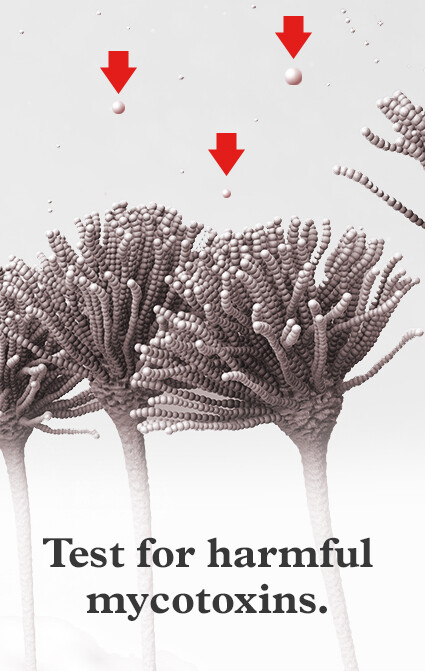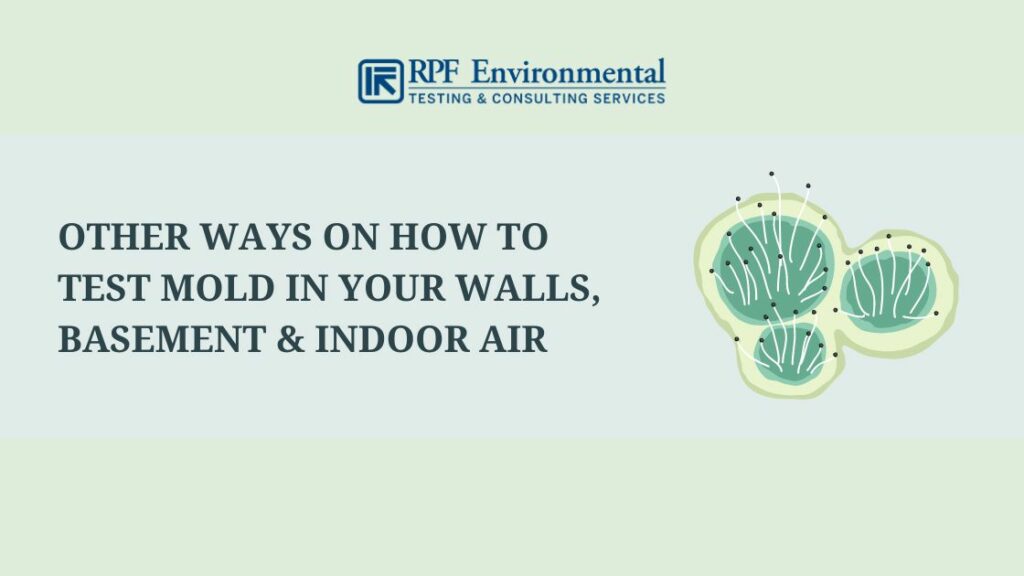Enhance Your Safety Protocols with Expert Mycotoxin testing Services
Enhance Your Safety Protocols with Expert Mycotoxin testing Services
Blog Article
Exactly How Mycotoxin Testing Helps Protect Against Contamination and Safeguard Food Materials

Mycotoxin testing is an essential practice in the food market, serving as a frontline defense versus contamination by hazardous toxic substances generated by molds. With the application of innovative methods like High-Performance Liquid Chromatography (HPLC) and Liquid Chromatography-Mass Spectrometry (LC-MS), food manufacturers can properly spot and measure mycotoxin levels in farming items.
Understanding Mycotoxins
Recognizing mycotoxins starts with recognizing that they are toxic additional metabolites created by specific mold and mildews, which can pollute agricultural products. These metabolites are not crucial for the development or recreation of the fungis however can have serious ramifications for animal and human health. Mycotoxins are typically found in staple crops such as corn, wheat, barley, and nuts, where they can multiply under details problems of wetness and temperature.
There are a number of sorts of mycotoxins, each generated by various fungal varieties. Aflatoxins, generated by Aspergillus types, are among the most notorious, recognized for their cancer causing residential or commercial properties. An additional substantial team includes ochratoxins, produced by Aspergillus and Penicillium varieties, which have nephrotoxic impacts. Fusarium types produce fumonisins and trichothecenes, both of which are connected with numerous acute and persistent health and wellness problems.

Risks of Mycotoxin Contamination
The risks of mycotoxin contamination are multifaceted, posing significant threats to both food safety and security and public health. Mycotoxins, toxic substances created by specific kinds of fungi, can infect a wide variety of agricultural items consisting of grains, nuts, spices, dried out fruits, and coffee. Once these toxins infiltrate the food supply, they can result in severe health issues such as liver damage, kidney failure, and even cancer cells. Prone populaces, including youngsters, the senior, and immunocompromised people, are particularly at risk.
Economic effects are another major problem. Polluted plants can result in significant financial losses for farmers and food manufacturers as a result of decreased returns and the need for expensive decontamination steps. International trade can be dramatically hindered as nations enforce strict mycotoxin guidelines to shield their populations, leading to declined deliveries and stretched profession connections.
Environmental factors such as climate change intensify the threat of mycotoxin contamination. Variants in temperature level and humidity can produce favorable problems for fungal growth, boosting the chance of contamination events. Thus, understanding and reducing these dangers are critical for ensuring the safety and integrity of international food supplies.
Methods of Mycotoxin Evaluating
Accurately identifying mycotoxin contamination in agricultural products is essential for safeguarding public health and maintaining food safety standards. Various methods are employed to detect and evaluate mycotoxins, each offering details benefits and restrictions.
High-Performance Liquid Chromatography (HPLC) is a commonly used method due to its high level of sensitivity and accuracy. It includes separating mycotoxins from various other materials in an example, allowing accurate metrology. Liquid Chromatography-Mass Spectrometry (LC-MS) incorporates liquid chromatography with mass spectrometry to supply comprehensive molecular information, making it especially helpful for recognizing numerous mycotoxins all at once.

Gas Chromatography-Mass Spectrometry (GC-MS) and Thin-Layer Chromatography (TLC) are likewise utilized, each with distinct applications. GC-MS is efficient for unstable mycotoxins, while TLC provides a simpler, affordable alternative for preliminary screening.
Benefits of Normal Examining
Normal screening for mycotoxins in agricultural products offers numerous advantages, dramatically adding to public health and wellness and food security. By determining contamination early, routine testing aids protect against the circulation of hazardous foods, thus decreasing the risk of mycotoxin-related illnesses amongst customers. This positive method not only safeguards human wellness however also boosts the total top quality of food materials.
Constant testing also sustains regulatory compliance. Various countries and areas have actually established rigorous limitations for mycotoxin degrees in food and feed. Complying with these limitations via routine testing makes certain that providers and producers satisfy legal criteria, read the article thus avoiding charges and trade obstacles. Furthermore, maintaining conformity fosters customer count on and brand name credibility, which are critical for market success.
Additionally, routine mycotoxin screening can bring about significant economic benefits. Early detection of contamination permits for prompt intervention, minimizing possible losses from extensive contamination. Applying regular testing protocols can likewise lessen recall expenses and relevant responsibilities, which can be financially devastating.
Moreover, regular testing offers valuable data that can inform far better farming techniques and storage space conditions. By understanding patterns of contamination, producers can adopt preventive steps, thus decreasing future dangers and contributing to the sustainability of the food supply chain.
Implementing Evaluating Procedures
Executing effective mycotoxin testing protocols is crucial for making sure the security and quality of agricultural items. Developing a durable screening framework involves multiple key actions, beginning with the identification of potential contamination points within the manufacturing and supply chain. This consists of pre-harvest, post-harvest, storage space, and distribution phases. Each phase must be looked at to determine where mycotoxin contamination is more than likely to happen.
When important from this source control points are determined, choosing suitable screening techniques is vital. Usual strategies consist of enzyme-linked immunosorbent assay (ELISA), high-performance fluid chromatography (HPLC), and mass spectrometry (MS) Each approach has its staminas and weaknesses; hence, selecting the proper one relies on the certain mycotoxin being tested, the needed level of sensitivity, and offered sources.

Finally, integrating the screening procedures right into a detailed food security monitoring system is a good idea. This enhances traceability and makes it possible for quick corrective activities when contamination is spotted, thereby guarding the stability of the food supply chain.
Conclusion
Mycotoxin screening is vital in preventing contamination and protecting food materials by making it possible for very early detection of hazardous toxic substances generated by mold and mildews in farming items. Normal testing enhances brand track record, economic security, and trust in food security by lessening contamination-related losses and keeping high criteria in food manufacturing.
Mycotoxin screening is an important method in the food market, serving as a frontline defense against contamination by damaging toxic substances created by molds. An integrated method including agricultural practices, storage management, and normal screening can minimize the threats connected with mycotoxin contamination, making sure food safety and security and public wellness.
The threats of mycotoxin contamination are diverse, presenting considerable risks to both food safety and public wellness.Normal screening for mycotoxins in agricultural items supplies many benefits, substantially contributing to public health and wellness and food safety.Mycotoxin screening is essential go to my site in protecting against contamination and protecting food products by enabling early detection of unsafe contaminants generated by mold and mildews in agricultural items.
Report this page